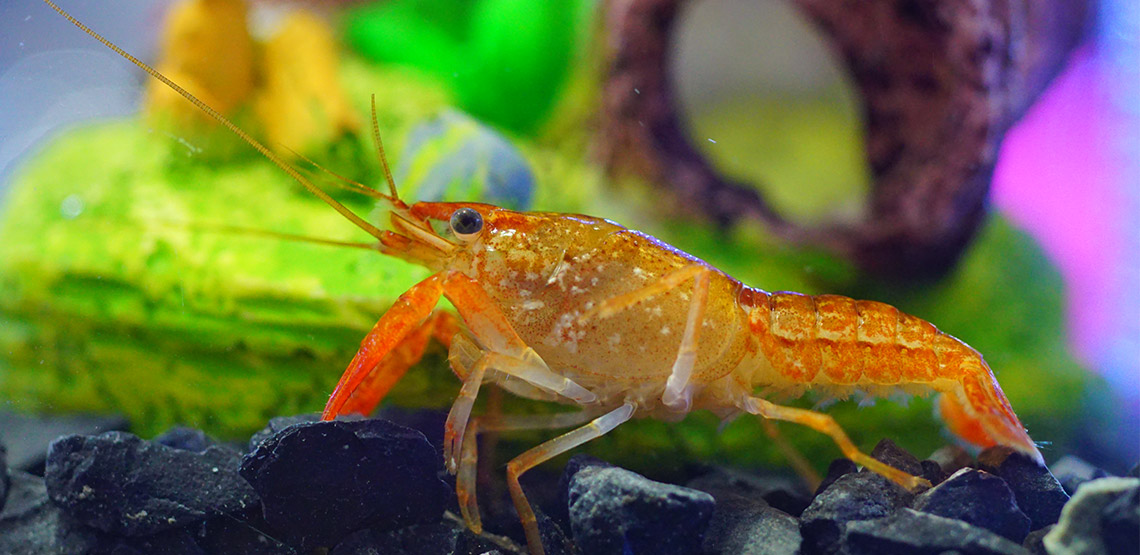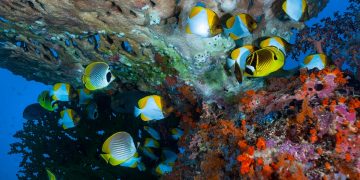A Complete Crayfish Resource
Resembling small lobsters, freshwater crayfish are known as "crawfish" or "crawdads" in some regions of the United States. Withdrawn and shy, these easy-to-care-for crustaceans are becoming increasingly popular aquarium pets.
Appearance
Size: Most common crayfish reach an adult size of 3 to 4 inches. Electric blue crayfish tend to be larger, measuring about 7 or 8 inches in adulthood.
Color: Crayfish have segmented bodies that show a considerable range in coloration. Dark brown is the most common, but crayfish are also sandy yellow, green, white and even pink. The electric blue crayfish is the most striking color variant, with an unmistakable metallic light-blue body.
Variants: Over 300 crayfish variants have been identified in North America, and more than 100 have been catalogued in Australasia. Of these, the red-claw crayfish, the yabby and the marron are probably the best known, though these animals rarely make their way into the aquarium trade.
Behavioral Characteristics
Crayfish kept in tanks tend to be reclusive, seeking refuge under rocks and in any crevices they can find. It is essential to provide them with hiding places no matter where you keep them, as it's in their nature to hide and they will become distressed if they can't find a place to tuck themselves away. Design the tank to mimic the natural crayfish habitat as closely as possible. Aquarium lighting designed to approximate daylight can encourage them to be more active, though keep in mind that some species are almost exclusively nocturnal.
You May Also Like:
Related Search Topics (Ads):
Freshwater crayfish will eat almost anything in their path, including both plants and slow bottom-swimming fish, so keeping them in an aquarium with species like the guppy or goldfish is not a good idea if you want all your pets to survive. You should also keep live plants out of the tank, since they'll only get eaten and your crayfish may end up getting caught in them and injuring itself.
Health and Care
Feeding: Shrimp pellets are the best pet crayfish food, since the pellets sink to the bottom of the tank where crawdads tend to lurk.
Tank Care: Crawfish are very sensitive to water pollution, so be vigilant about changing 10 to 15 percent of the water in the tank each week. Aquarium heaters aren't necessary, but a good-quality filter does a lot to help keep the water in the tank clean. The pH level should be neutral (as close to 7.0 as possible) and the ideal water temperature is between 70 and 75 degrees Fahrenheit.
Health Concerns: In the wild, crawdads are subject to a unique condition known informally as "crayfish plague." Infection occurs when a fish is exposed to contaminated water sources, and while this won't happen in controlled conditions, you should be aware that any crayfish caught in the wild and brought to the tank may be carrying the disease. Coordination problems and an inability for the fish to get back on its feet when turned on its back are key indicators.
Life Expectancy: Freshwater crayfish have very short life expectancies. Most live for no more than two years.

